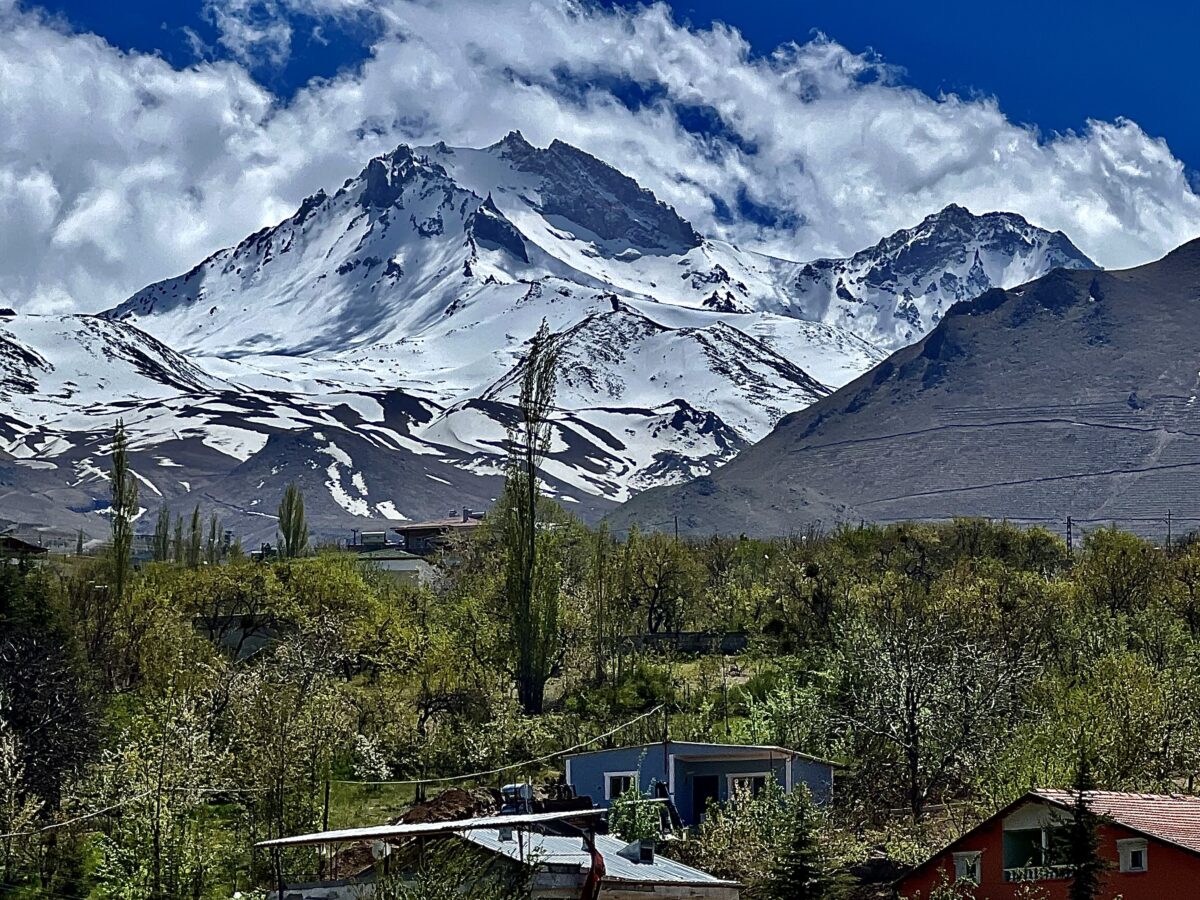Understanding past volcanic eruptions to prevent future risks is the core aim of ‘TURVO,’ a new project from Geociencias Barcelona (GEO3BCN-CSIC). This project will focus on the three most active and explosive volcanoes in the Central Anatolia Volcanic Province of Turkey.
The initiative seeks not only to enhance hazard assessment and refine mitigation strategies but also to create a versatile methodology applicable to global volcanic threats. “Our goal is to gain a thorough understanding of the volcanic activity dynamics in these major explosive volcanoes, from past geological records to future hazard modeling,” says Xavier de Bolós, a researcher at GEO3BCN-CSIC and project coordinator.
Explosive volcanic eruptions involve the abrupt release of energy due to gas accumulation in magma, propelling ash and volcanic gases across vast distances. This type of eruption is characteristic of the Hasandağ, Acigöl, and Erciyes volcanoes—three of the largest and most explosive in Turkey, capable of causing significant disruption in Europe. These volcanoes will be studied in detail as part of the new project.
Hasandağ last erupted less than nine thousand years ago, with at least 14 other eruptions over the past 60,000 years. Acigöl had a particularly explosive eruption around 25,000 years ago, while Erciyes experienced three massive explosive events during the Holocene, spreading ash throughout the Mediterranean and the Black Sea.“There remain significant scientific gaps regarding the history of these volcanoes’ largest eruptions,” notes de Bolós. The exact dates, ash dispersion, and the extent of explosive deposits across the Mediterranean and Eastern Europe are still unclear. Moreover, this research could provide insights into early human migration patterns during the Pleistocene, as volcanic ash may be found in archaeological sites across the Mediterranean and Black Sea.

The project will be approached from an interdisciplinary perspective, combining stratigraphic, geochronological, geochemical, and geophysical studies with numerical modeling. This comprehensive approach aims to uncover the eruptive history and ash dispersion patterns of these significant volcanoes and assess their future hazards.
The project team includes Pablo Tierz, Stephanie Barde Cabusson, Adelina Geyer, Arnau Folch, and Dario Pedrazzi from GEO3BCN-CSIC’s applied volcanology team, as well as Soledad Álvarez from the X-Ray Diffraction Laboratory, and Leonardo Mingari and Alejandra Guerrero (GEO3BCN-CSIC). International collaborators from Italy, Turkey, Mexico, the UK, and France are also involved.
The TURVO project, titled ‘From Past Eruptions to Future Hazards: An Interdisciplinary Volcanological Investigation of Active Volcanoes in Central Anatolia, Turkey,’ has been selected by the State Agency for Research (AEI) in the 2023 Knowledge Generation Projects call and has been awarded a predoctoral contract.

